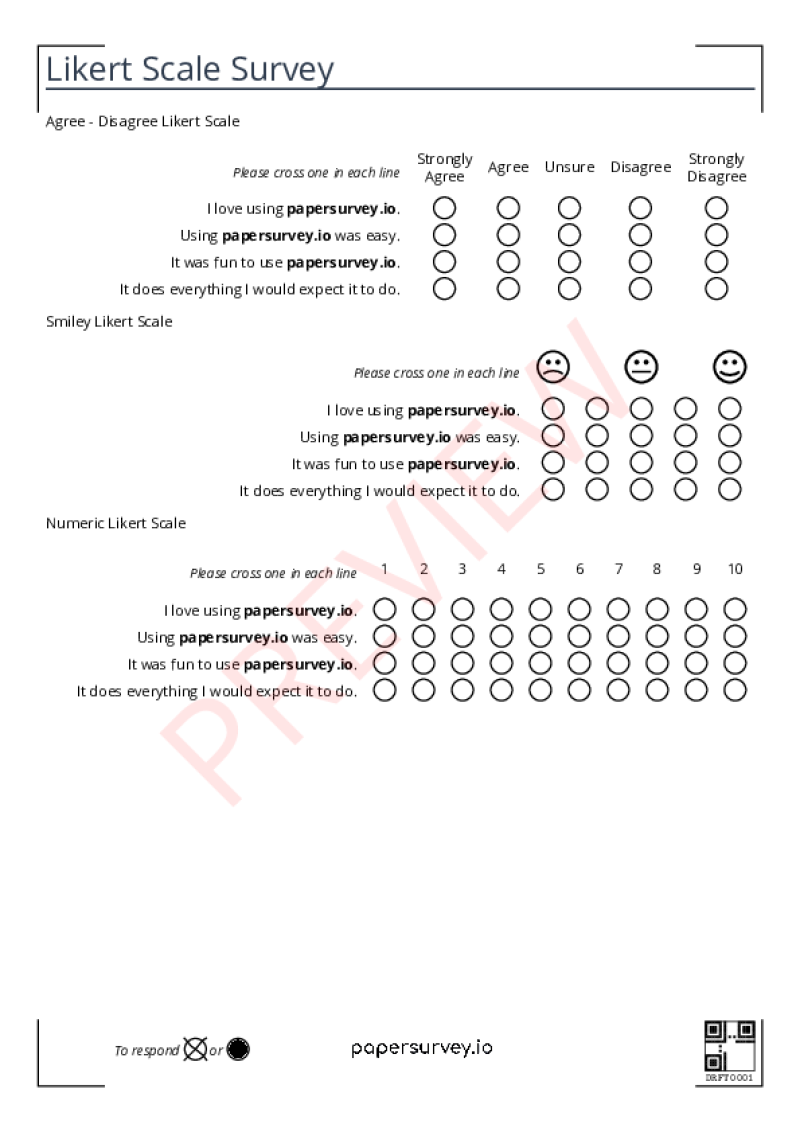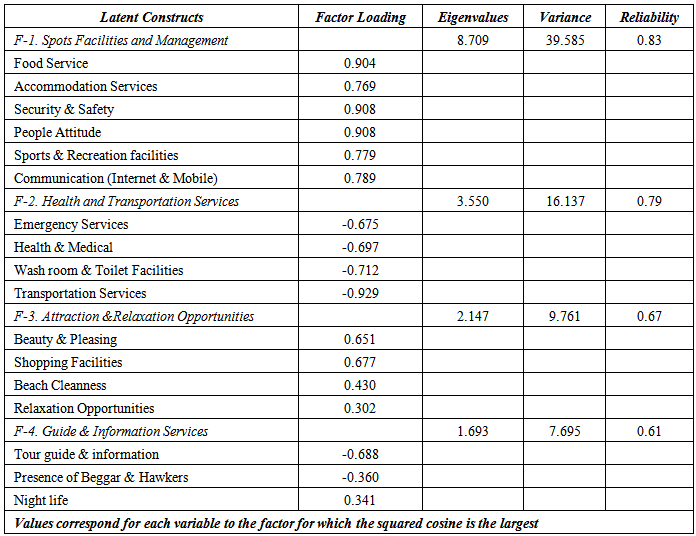
If all of your questions only ask about things in socially desirable ways, your participants may be biased towards agreeing with all of them to show themselves in a positive light. When deciding how to phrase questions and statements, it’s important that they are easily understood and do not bias your respondents in one way or another. As a rule of thumb, make sure each question only measures one aspect of your topic.įor example, if you want to assess attitudes towards environmentally friendly behaviors, you can design a Likert scale with a variety of questions that measure different aspects of this topic.Ī good rule of thumb is to use a mix of both to keep your participants engaged during the survey. In order to get accurate results, it is important to word your questions precisely. How to write strong Likert scale questionsĮach Likert scale–style question should assess a single attitude or trait. These can be elements like attitudes, feelings, or opinions that cause variations in behavior. Likert scales are most useful when you are measuring unobservable individual characteristics, or characteristics that have no concrete, objective measurement. “How satisfied are you with the shoes you purchased?”

You get more specific and interesting information by asking a Likert scale question instead: There is no way you can tell how satisfied or dissatisfied customers really are. You ask survey respondents “Are you satisfied with the shoes you purchased?”Ī dichotomous question like the above gives you very limited information. Researchers use Likert scale questions when they are seeking a greater degree of nuance than possible from a simple “yes or no” question.įor example, let’s say you are conducting a survey about customer views on a pair of running shoes. In addition to measuring the level of agreement or disagreement, Likert scales can also measure other spectrums, such as frequency, satisfaction, or importance. The format of a typical five-level Likert question, for example, could be: Each item is given a score from 1 to 5 or 1 to 7. The midpoint is often a neutral item, with positive options on one side and negative options on the other. The options on each end are called response anchors. Likert scales commonly comprise either five or seven options. Frequently asked questions about Likert scales.Advantages and disadvantages of Likert scales.How to analyze data from a Likert scale.

How to write strong Likert scale questions.


 0 kommentar(er)
0 kommentar(er)
